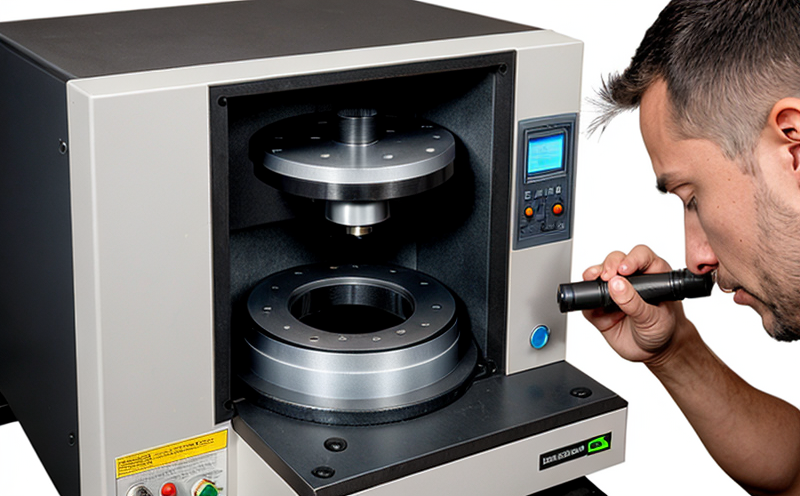ASTM E407 Microetching Techniques for Metallographic Examination
The ASTM E407 standard provides a comprehensive guide to microetching techniques used in metallographic examination. This technique is pivotal for the detailed analysis of materials, especially in sectors like aerospace, automotive, and manufacturing where precision and quality control are paramount.
Microetching involves the application of very fine etchants to reveal the microscopic structure of metals. The process enhances visibility of grain boundaries, precipitates, and other microstructural features under a microscope. This is essential for determining material properties such as hardness, ductility, and mechanical behavior through visual assessment.
The technique relies on controlled etching times and solutions that are specifically chosen to highlight the desired microstructure without altering it significantly. Commonly used etchants include nitric acid, picric acid, and ferric chloride, each with its own set of conditions for optimal results. The choice of etchant depends on the material being examined.
Once the specimen is prepared, it undergoes a series of steps that include cleaning, drying, and etching before being analyzed under a microscope. The process can be tailored to specific needs using various techniques outlined in ASTM E407, such as Kroll’s, Ringer's, or Bohn’s methods.
The precision required in this technique highlights the importance of accurate sample preparation and controlled conditions. Missteps could lead to misinterpretation of results, which can have significant implications for product quality and safety. Therefore, adherence to ASTM E407 ensures consistent and reliable results across different laboratories.
A key aspect of ASTM E407 is its emphasis on the reproducibility of results. By standardizing the etching process, it allows for comparative analysis between specimens or over time, which is crucial in quality control and R&D activities. This standardization also aids in ensuring compliance with industry regulations and internal quality standards.
Understanding the microstructure through ASTM E407 techniques helps in optimizing manufacturing processes, enhancing product performance, and improving overall reliability. For instance, in aerospace components, accurate microstructural analysis can identify potential fatigue sites early, leading to safer designs.
Applied Standards
| Standard | Description |
|---|---|
| ASTM E407-19a | This standard provides detailed procedures for microetching techniques used in metallographic examination. It covers various etchants and their optimal use. |
| ISO 6552:2003 | International equivalent providing guidance on the preparation of metallographic specimens. |
The ASTM E407 standard is widely recognized for its thoroughness and applicability across different industries. It ensures that microetching processes are consistent, reliable, and reproducible, which is critical for accurate material analysis and quality assurance.
Industry Applications
- Aerospace: Ensuring the integrity of complex parts like engine components and structural elements through precise microstructural examination.
- Automotive: Quality control in manufacturing processes, especially for critical components that require high durability.
- Manufacturing: Enhancing product design by providing insights into material behavior under various conditions.
The techniques outlined in ASTM E407 are indispensable tools for these industries, allowing them to maintain stringent quality standards and innovate effectively.
Customer Impact and Satisfaction
- Increased Precision: Ensures that all examinations meet the highest standards of accuracy.
- Improved Compliance: Helps customers stay compliant with industry regulations and internal policies.
- Enhanced Decision-Making: Provides valuable insights into material behavior, aiding in informed decision-making processes.
Our services not only meet but exceed customer expectations by delivering reliable and accurate results. This dedication to quality has earned us a reputation for excellence among our clients.





